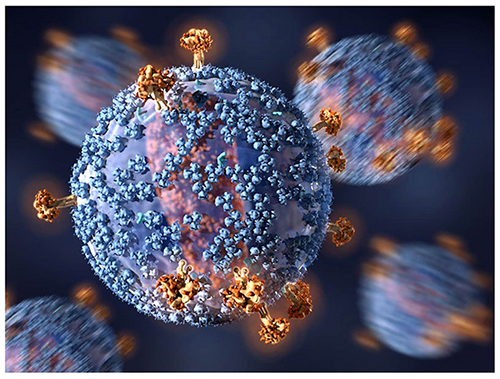“According to the WHO, there is an urgent need for better control of viral diseases. Re-positioning existing safe-in-human antiviral agents from one viral disease to another could play a pivotal role in this process. Here, we reviewed all approved, investigational and experimental antiviral agents, which are safe in man, and identified 59 compounds that target at least three viral diseases,” write the scientists.
“We tested 55 of these compounds against eight different RNA and DNA viruses. We found novel activities for dalbavancin against echovirus 1, ezetimibe against human immunodeficiency virus 1 and Zika virus, as well as azacitidine, cyclosporine, minocycline, oritavancin and ritonavir against Rift valley fever virus. Thus, the spectrum of antiviral activities of existing antiviral agents could be expanded towards other viral diseases.”
Antiviral drugs and vaccines are the most powerful tools to combat viral diseases. Most drugs and vaccines, however, selectively target a single virus, thereby providing a “one drug-one bug” solution, the researchers say.
In contrast, broad-spectrum antivirals (BSAs) can cover multiple viruses and genotypes and reduce the likelihood of development of resistance. Therefore, some BSAs can be used for the rapid management of new or drug-resistant viral strains, for a first-line treatment or for prophylaxis of acute virus infections, as well as for viral co-infections, which can reduce the complexity of treatment.
“Re-purposing these therapeutics from one viral disease to another could save resources and time needed for development of novel drugs,” notes Denis Kainov, Ph.D., from the Norwegian University of Science and Technology (NTNU).
The researchers point out that their results show existing safe-in-human BSAs could be used on other viral infections. The goal is to create BSA drugs, much like the broad-spectrum antibacterial drugs that are currently available.
“Effective treatment with BSAs may shortly become available, pending the results of further preclinical studies and clinical trials. The most effective and tolerable compounds will expand the available therapeutics for the treatment of viral diseases,” explains Aleksandr Ianevski, the first author of the study and a Ph.D. student at NTNU.


